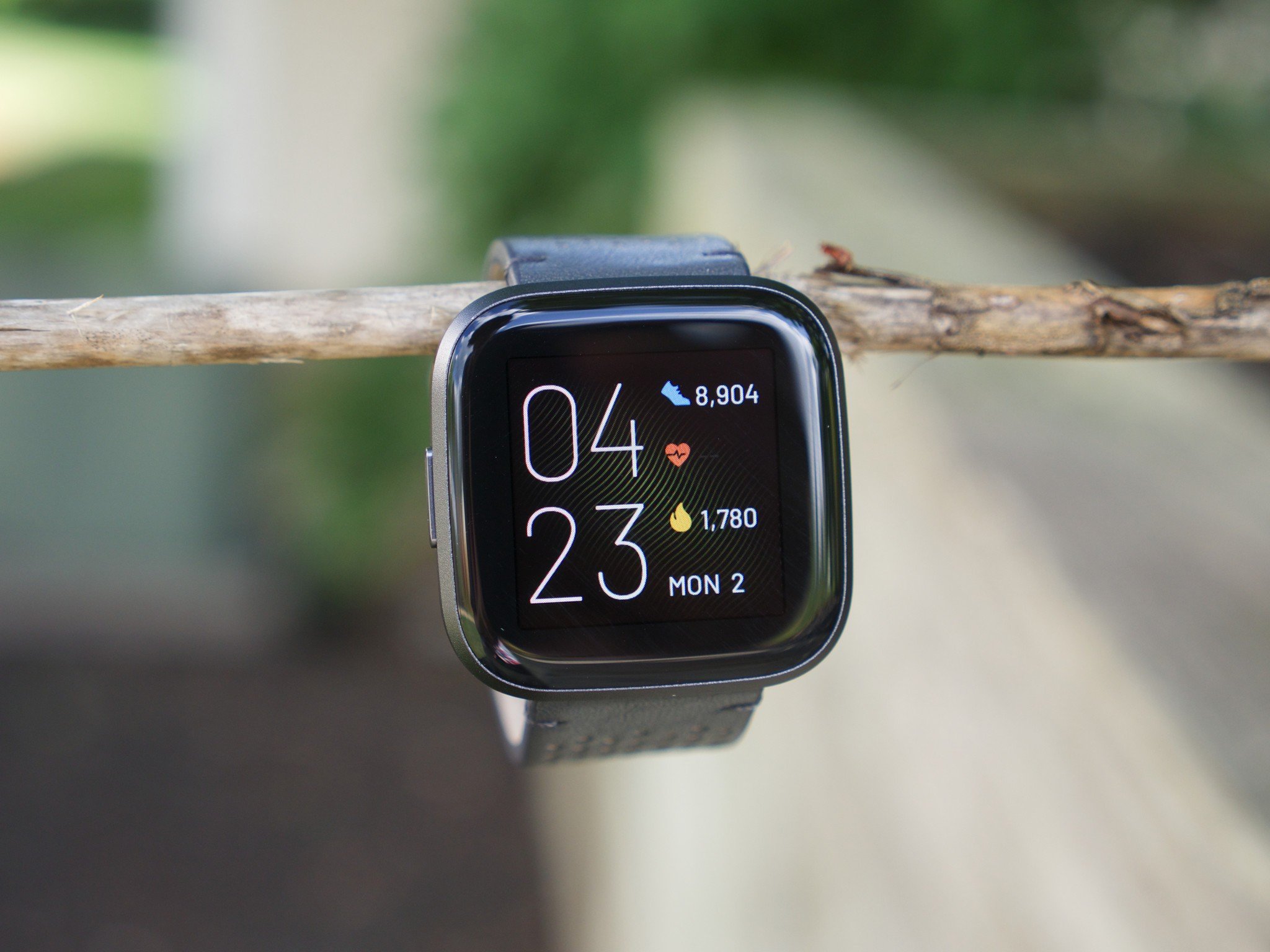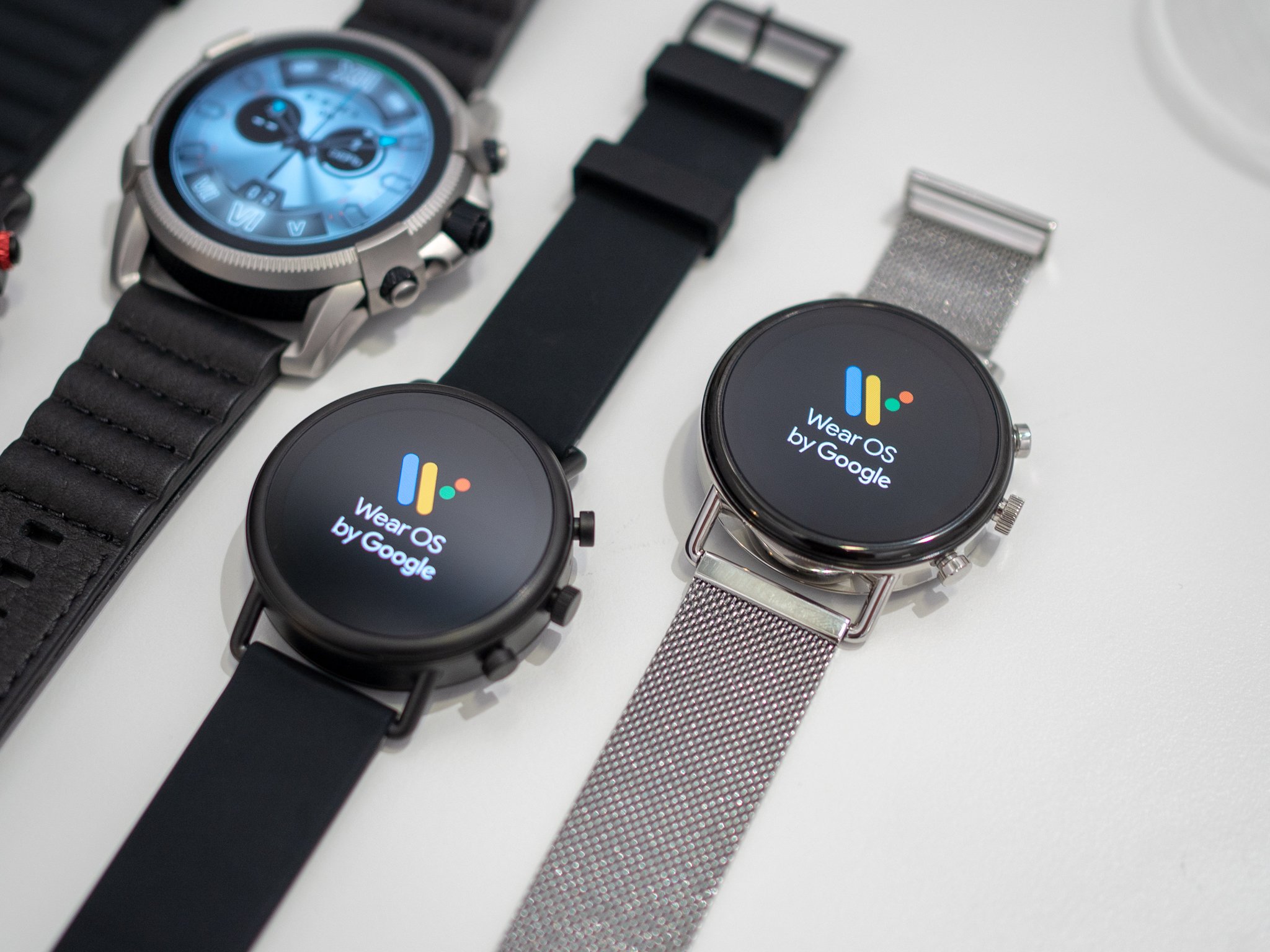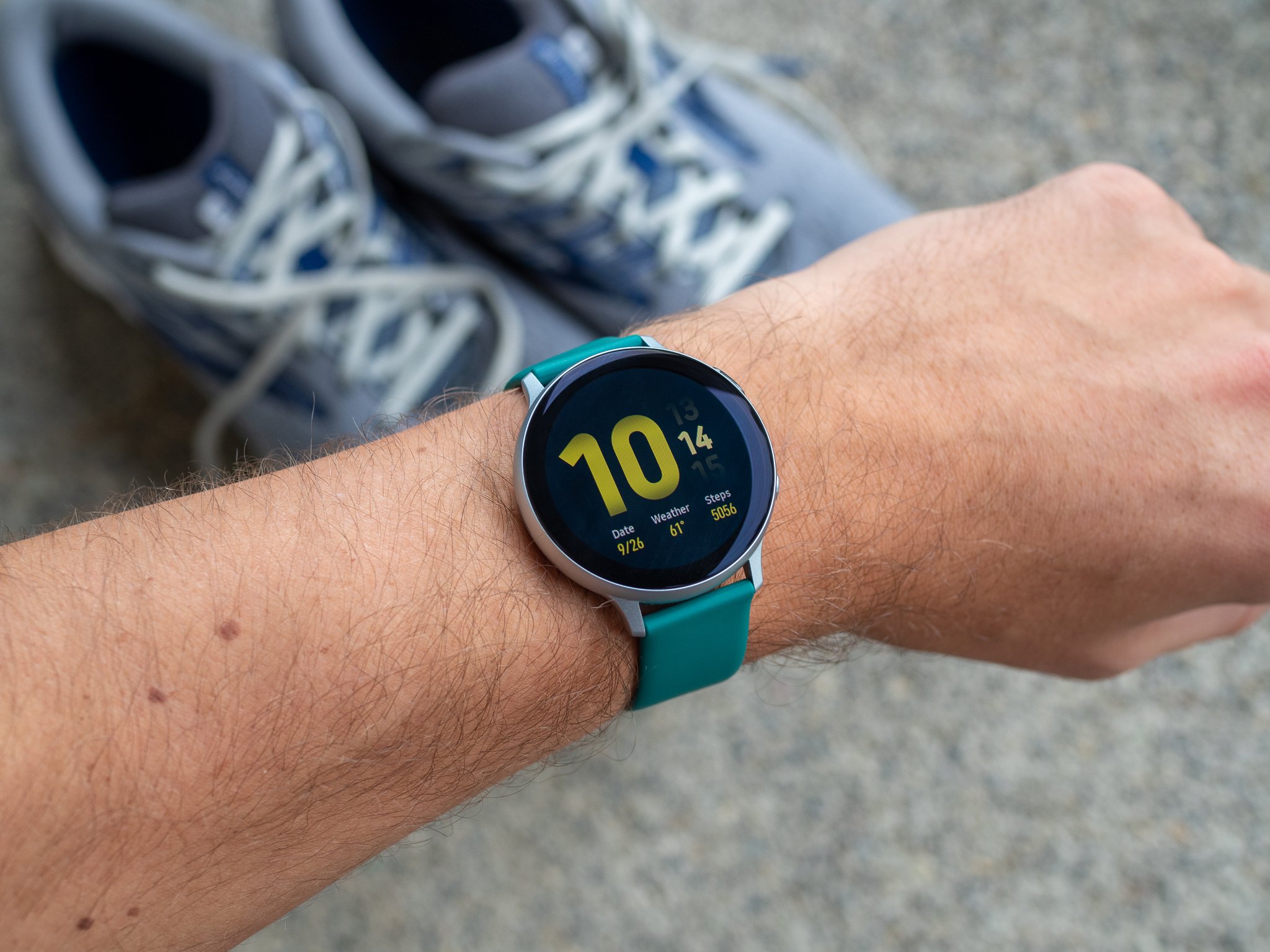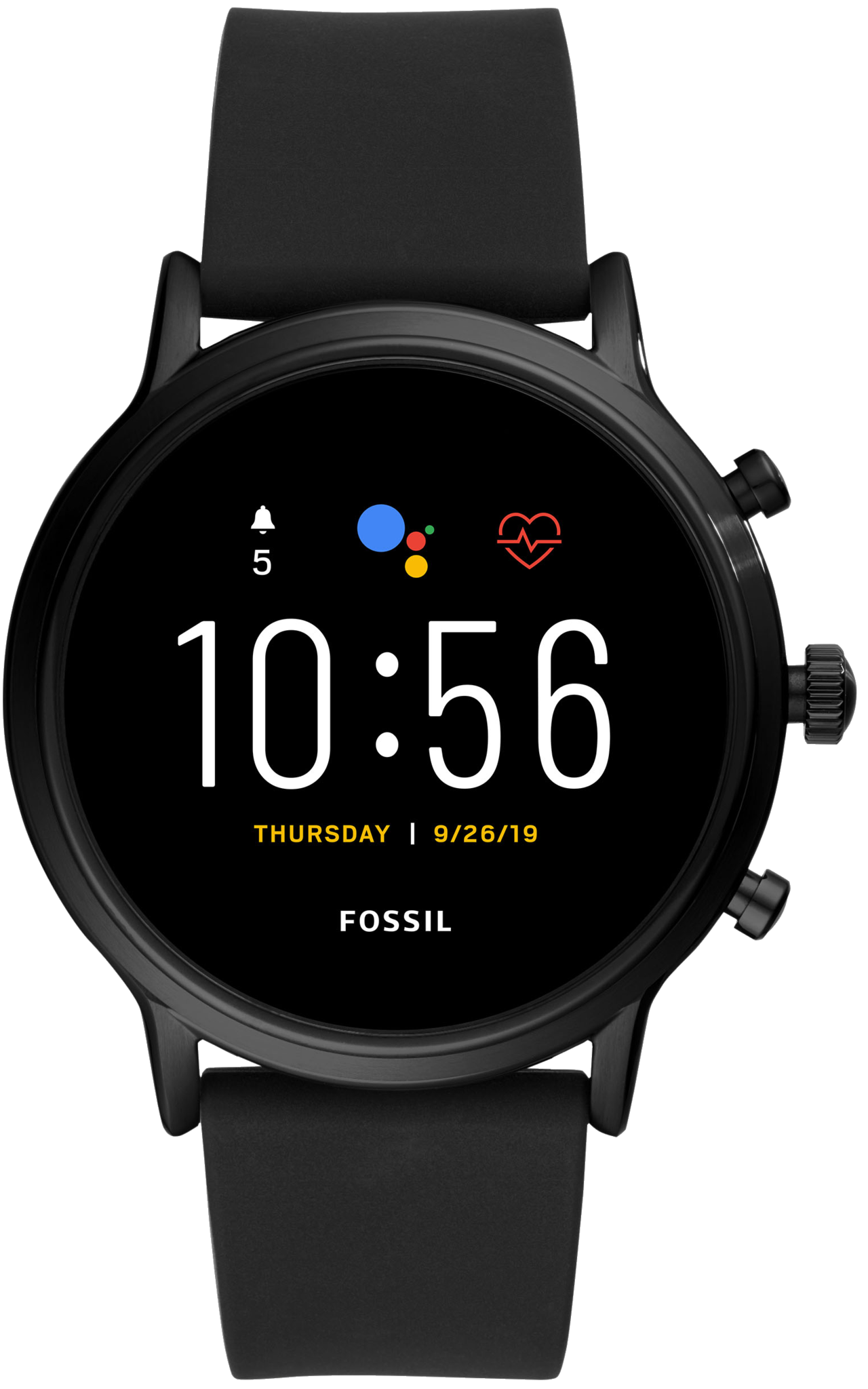Get ready for another year of refinement.
Looking back on wearables during 2019, it was a relatively calm year without any major leaps or bounds being made. Qualcomm's Snapdragon Wear 3100 processor was made widely available in Wear OS smartwatches (with mediocre results), Samsung continued its Galaxy Watch lineup with the Galaxy Watch Active 2, and Fitbit's offering of fitness trackers and smartwatches saw some great additions.
We were treated to some excellent wearables in 2019, but all of them were really just subtle updates to existing gadgets. That's not to say 2019 was a bad year for wearables, but it certainly wasn't the most exciting we've ever had.
2020 is shaping up to be a very similar year, though new tech from Qualcomm and Google's Fitbit acquisition could allow for some big developments. Without further ado, here's what we're looking forward to in wearables for 2020.
Improvements to processing speed and battery life
Every year, new technology allows our devices to run faster and last longer.
2019's wearables saw that, with Fitbit adding an extra day of battery life to the Versa 2 compared to the original Versa, and Qualcomm's Snapdragon Wear 3100 processor making a big claim for longer battery life.
Once again for 2020, we should see similar improvements in these areas. It's difficult to say exactly how significant these improvements will be, but simply due to the nature of how technology advances, our tiny wrist computers released in the new year should get more powerful and be able to last a little bit longer in between charges.
A new Snapdragon processor for Wear OS
Details on next-gen wearable chipsets remain mostly unclear, but we have heard some talk regarding Qualcomm's upcoming Snapdragon Wear 3300 wearable processor.
Previous Qualcomm processors, including the Snapdragon Wear 3100 that was used in 2019, have been built on an outdated 28nm platform. With the rumored 3300, however, it'll use a much more efficient 12nm one.
That may not sound like much on paper, but it should result in substantially faster performance and longer battery life. Qualcomm has yet to make any official comment on the existence of the Wear 3300, but considering how disappointing the 3100 turned out to be, we're all for another chipset to make Wear OS less of a dumpster fire than it currently is.
Wear OS as a platform has a ton of potential, but lackluster processors that result in laggy performance and day-long batteries has put a damper on just about every Wear OS watch that comes out. If Qualcomm can build a chipset that delivers meaningful upgrades in these areas, 2020 could be the year that Wear OS comes out of the rut it's been in for so long.
Continued focus on health/fitness tracking
Over the last couple of years, there's been one core feature set that all smartwatch makers have been eager to tackle — health and fitness tracking. In 2020, it's very likely that this focus will remain for yet another year.
Fitbit is the market leader for wearables in these regards, offering unmatched fitness tracking, powerful sleep monitoring (something even the Apple Watch doesn't offer), and access to the new Fitbit Premium membership that was rolled out towards the end of 2019.
Now that Google has plans to purchase Fitbit for $2.1 billion, it'll be interesting to see how this acquisition affects Fitbit's own wearable lineup and future Wear OS devices. Will Fitbit wearables continue to exist as they do now? Will Google integrate the Fitbit platform and tracking tools into a future Wear OS watch of its own? Whatever happens, bringing health and fitness tools to as many people as possible will be at the forefront.
Samsung also proved to be a big proponent of health tracking in 2019, with the Galaxy Watch Active 2 offering a robust set of tools and features to help people live healthier lives — something we're bound to see more of in 2020.
Google Pixel Watch?
Every year, there's talk of Google creating its own smartwatch under the Pixel brand used for its smartphones and Chromebooks. Rumors and leaks pop up regarding a Pixel Watch, we get excited about the idea of a Google-made wearable, and then nothing happens.
I find it hard to believe that Google will never create its own smartwatch, and with the Fitbit deal expecting to be completed at some point in 2020, it seems more likely than ever that a Pixel Watch could be in our near future.
A report from September 2019 revealed that Google was planning on making a Pixel Watch back in 2016, but ultimately scrapped the project due to performance and syncing issues.
I do think our chances of getting a Pixel Watch in 2020 are stronger than they were in 2019, but I wouldn't start holding my breath for one this early on. The Fitbit deal is still in the early stages, and assuming this is the catalyst Google has been waiting on to make a Pixel smartwatch, we could be waiting until 2021 to see tangible results of the purchase.
Sleek and stylish
Fossil Gen 5 Smartwatch
One of the best Wear OS watches you can buy
If you're in the market for a Wear OS smartwatch, the one we recommend picking up is the Fossil Gen 5. It's lightweight and comfortable to wear, has great performance, and NFC and GPS chips for enhanced features. We also love the external speaker that's used for taking calls and talking to the Google Assistant.
from Android Central - Android Forums, News, Reviews, Help and Android Wallpapers https://ift.tt/37iZBzR
via IFTTT





Aucun commentaire:
Enregistrer un commentaire